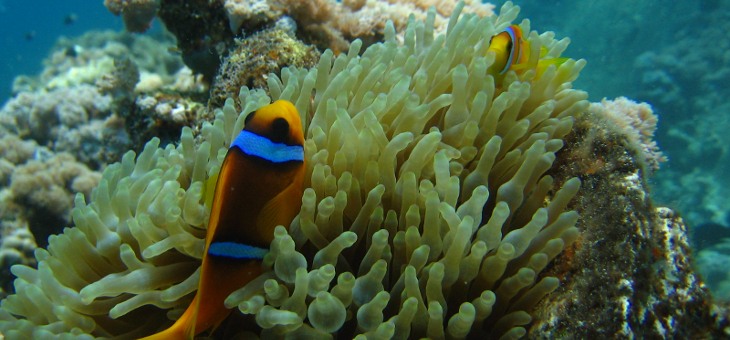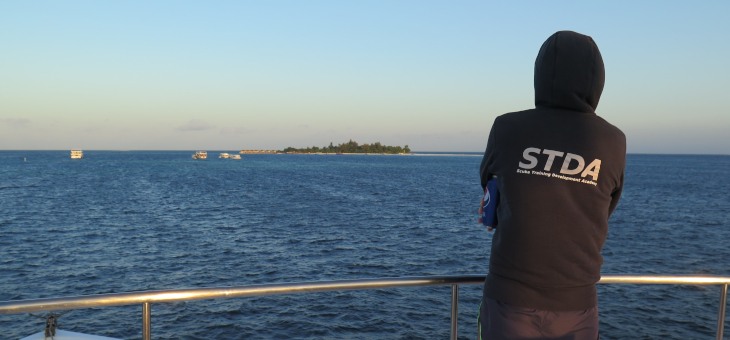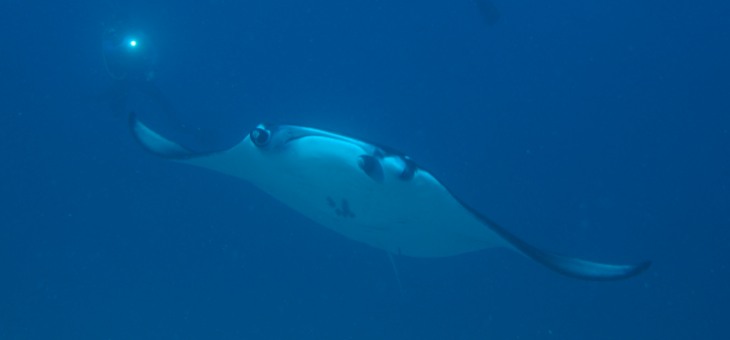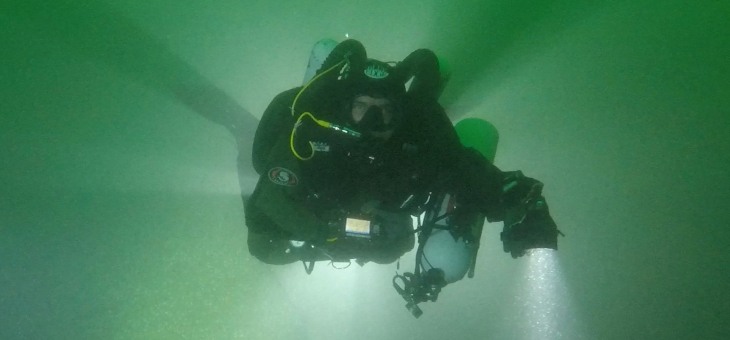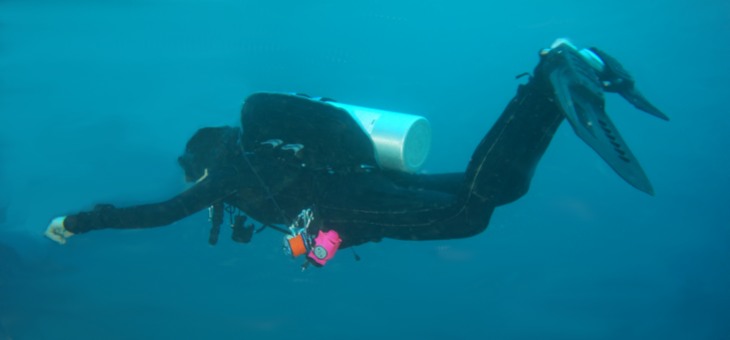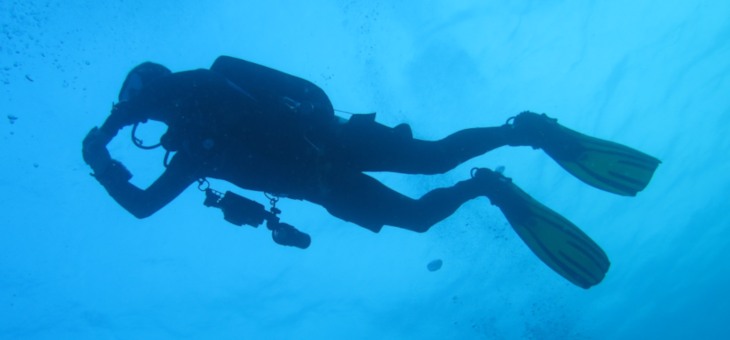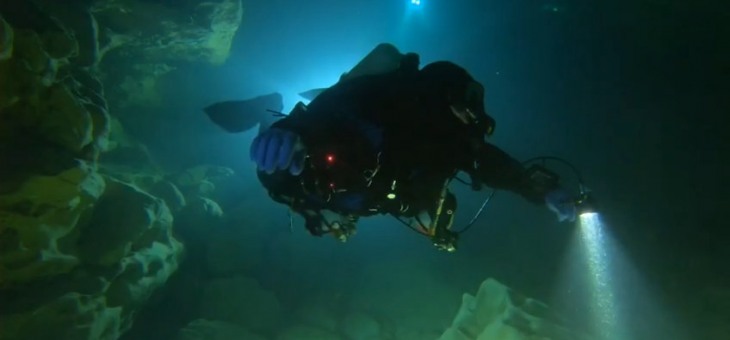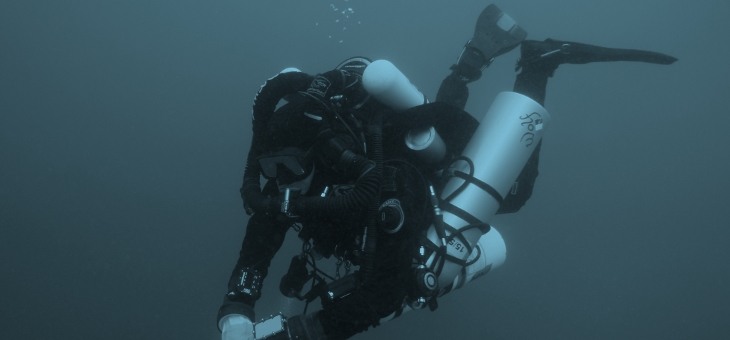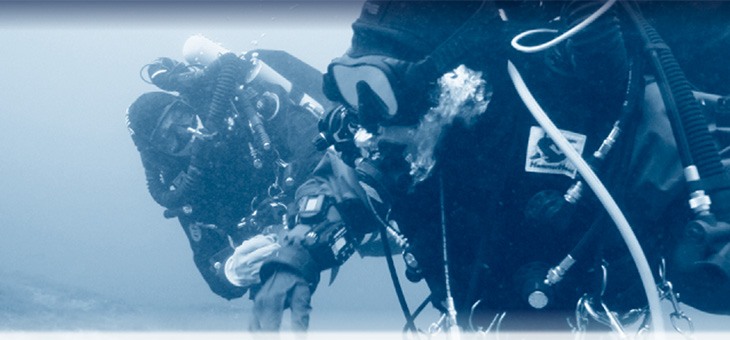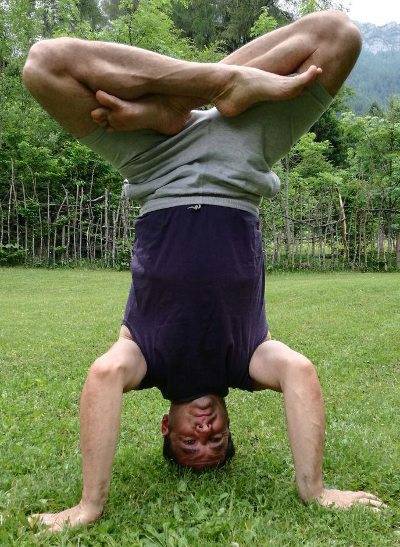Fitness and scuba diving
It is a common knowledge that the pratice of sports and in general any physical activity can help also the scuba diver during his underwater adventures. Regardless of the type of sport chosen, it's crucial to have a good instructor or for the more experienced, follow some fundamental guidelines in order to reach effective benefits and avoid any physical injury.
Because scuba diving is a particular activity and not a real sport in the strict sense of the term, it could be helpful doing other considerations.
A good alternative to the gym and the jogging, can be the practice of yoga, a philosophy that has one of its principles, the maintenance of a harmonious physical and mental state.
Quite often, people is interested in the practice of asana for the fitness; many free divers use pranayama technics to improve relaxation and their control on heartbeat. The asana and pranayama practice can solve or improve common problems as backache, neck ache, ache/problems to joints, rebalancing the body posture.
To practice is fundamental to find a good instructor, checking curriculum, when and where she/he graduated. A good instructor will introduce you to yoga step by step slowly. The asana practice needs only a carpet and in some cases the use of a cushion.
Generally talking, the practice of the yoga philosophy as a whole leads to many advantages, increasing not only the body's efficiency but also the capacity in selfcontrol, concentration and the self-knowledge, improving the quality of life.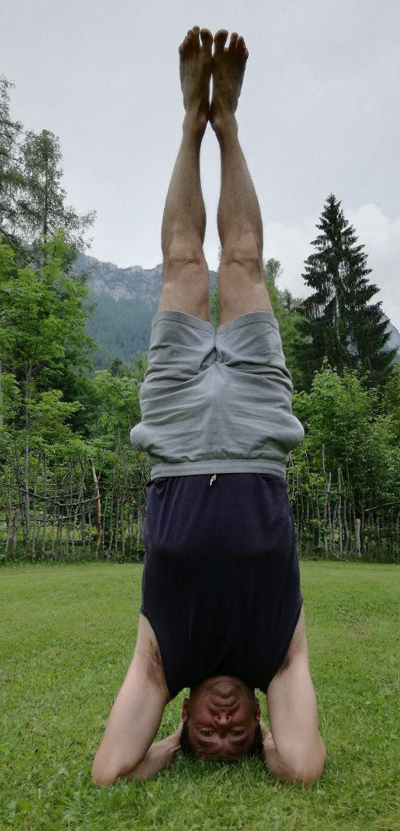
The mind, and his control, is a very powerful tool, often underused and underestimated in the West culture, and that can help each one to conduct a more 'balanced' life also in the 'small things' like scuba diving.
By the way, Ashtanga Yoga (yoga in eight limbs: guru Patanjeli, II century BC, not to be confused with the recent Ashtanga Vinyasa Yoga of Pattabhi Jois, focused mainly on asana practice), is composed by two main parts. The first one, that collects the first four limbs, focus the attention to the 'external part' and is composed by:
-
yama -> 'abstentions'
-
niyama -> 'precepts'
-
asana -> 'yoga poses'
-
pranayama -> 'yoga breathing'
The second one, that collects the higher four limbs, focus the inner/intimate part of ourselves and is composed by:
-
pratyahara
-
dharana,
-
dhyana
-
samadhi
Pictures by Ilaria Clissura: Marco Valenti, practicing asana
Marco Valenti
STDA Founder and Training Director
Bibliography:
'Yoga, Scienza e Arte della Vita', by Franca De Ruvo; editor: Arti Grafiche Sas
'Autobiography of a Yogi' 1946 - by Paramhansa Yogananda - on-line download from Gutenberg
'Lo yoga di Yogananda' di Kriyacharya JAYADEV Jaerschky; editore: Ananda Edizioni
'Mind, its Mysteries adn Control' by Swami Sivananda: editore: Edizioni Vidyananda








